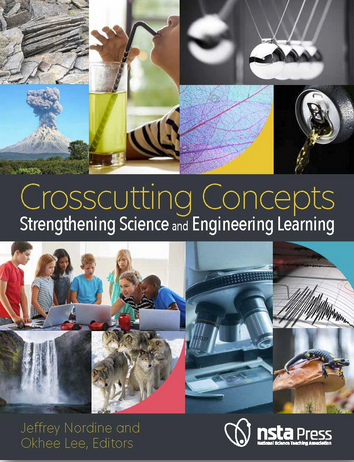What Happens to Our Garbage?
NSTA Playlist
Instructional Materials Is Lesson Plan Multilingual Learners NGSS Phenomena Physical Science Three-Dimensional Learning Elementary Grade 5
Sensemaking Checklist




What Are NSTA Playlists?
Playlists are bundles of resources to support contemporary Science/STEM teaching and learning placing equity at the center of instruction. These playlists contain instructional materials and/or assessment tasks for classroom use paired with professional learning resources to support implementation.
Description
This playlist features a fifth-grade physical science unit and includes all teacher and student materials. In the unit, students answer the following driving question: What happens to our garbage? This playlist includes the What Happens to Our Garbage? unit and four additional resources.
- The unit and all supplementary materials
- A Science and Children article that highlights how local phenomena compel students from diverse backgrounds to engage in three-dimensional learning and develop coherent understanding
- A series of three Next Gen Navigator articles that highlight phenomena and problems that students experience in their homes and communities
- A Science and Children article that highlights how crosscutting concepts serve as conceptual tools that provide lenses to ask questions and make sense of phenomena and problems
- A chapter on crosscutting concepts from the NSTA book, Crosscutting Concepts: Strengthening Science and Engineering Learning (NSTA Press, 2021, pp. 43-59)
Playlist
1 - What Happens to Our Garbage? Grade 5 Physical Science Unit
The garbage unit is the first of four units in the Science And Integrated Language (SAIL) yearlong fifth-grade curriculum. The unit received the NGSS Design Badge, which is the highest rating for NGSS-aligned curriculum units awarded after rigorous external reviews by expert panels. This unit served as a protype to illustrate contemporary approaches to integrating science and language with a focus on multilingual learners in the consensus report English Learners in STEM Subjects: Transforming Classrooms, Schools, and Lives (National Academies of Sciences, Engineering, and Medicine, 2018, Box 3-1 on pp. 64-65).
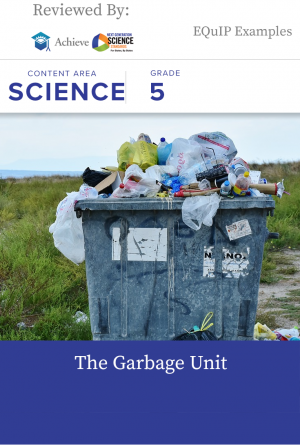
2 - Making Everyday Phenomena Phenomenal: Using Phenomena to Promote Equity in Science Instruction (Science and Children)
This Science and Children article by Okhee Lee has a two-fold purpose: (a) to offer guidance on how teachers can select and use local phenomena to develop NGSS-aligned instructional materials with diverse student groups and (b) to illustrate the implementation of a local phenomenon with diverse student groups in fifth-grade science classrooms. The article highlights how local phenomena compel students from diverse backgrounds to engage in three-dimensional learning and build their science understanding coherently over a sustained period of instruction. As a result, teachers who select and use local phenomena that are real and relevant to their diverse student groups advance the goal of “all standards, all students.”
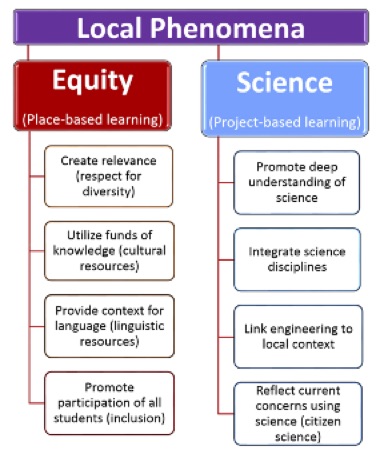
3 - Local Phenomena (Next Gen Navigator)
The introduction and three articles in this Next Gen Navigator issue highlight phenomena and problems that students experience in their homes and communities. Making sense of local phenomena is critical for promoting equity in science education–“all standards, all students.” Local phenomena promote both equity and science. From an equity perspective, through place-based learning, students apply science and engineering to their daily lives in local contexts of home and community. All students bring with them a vast array of cultural and community resources that help them make sense of phenomena and problems. From a science perspective, through project-based learning, students integrate science disciplines as they investigate a driving question to explain a phenomenon and design engineering solutions to a problem.
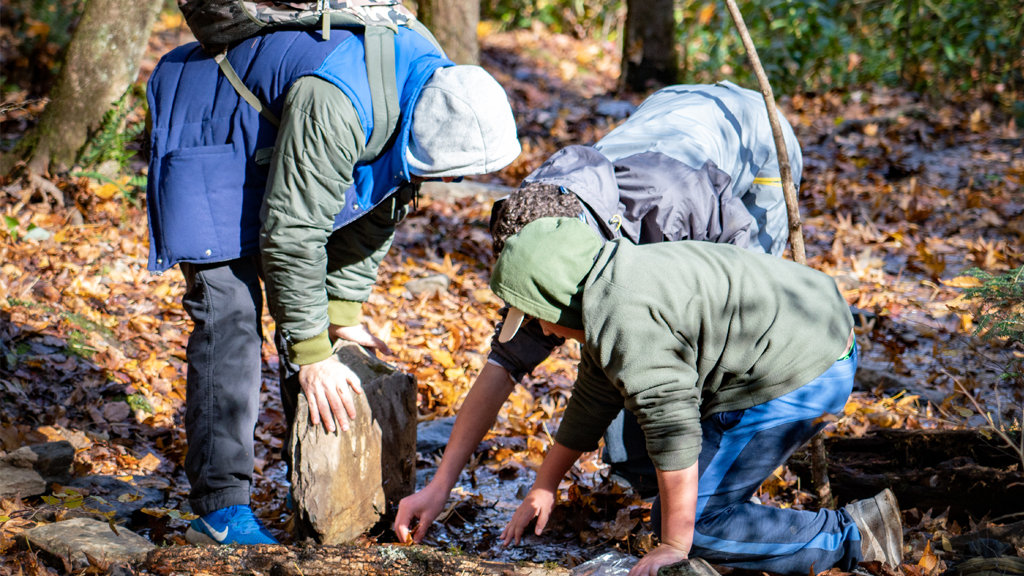
4 - Integrating Crosscutting Concepts into Science Instruction (Science and Children)
This article proposes that teachers view crosscutting concepts (CCCs) as resources that students use in their everyday lives to make sense of the world and bring to the science classroom to help make sense of phenomena. When CCCs are viewed as resources that students come to school with and not just as outcomes of instruction, teachers can capitalize and build on students’ everyday experiences. This view of CCCs as resources is especially important for diverse student groups, who have been traditionally marginalized in science education and who may not see science as real or relevant to their lives or future careers.
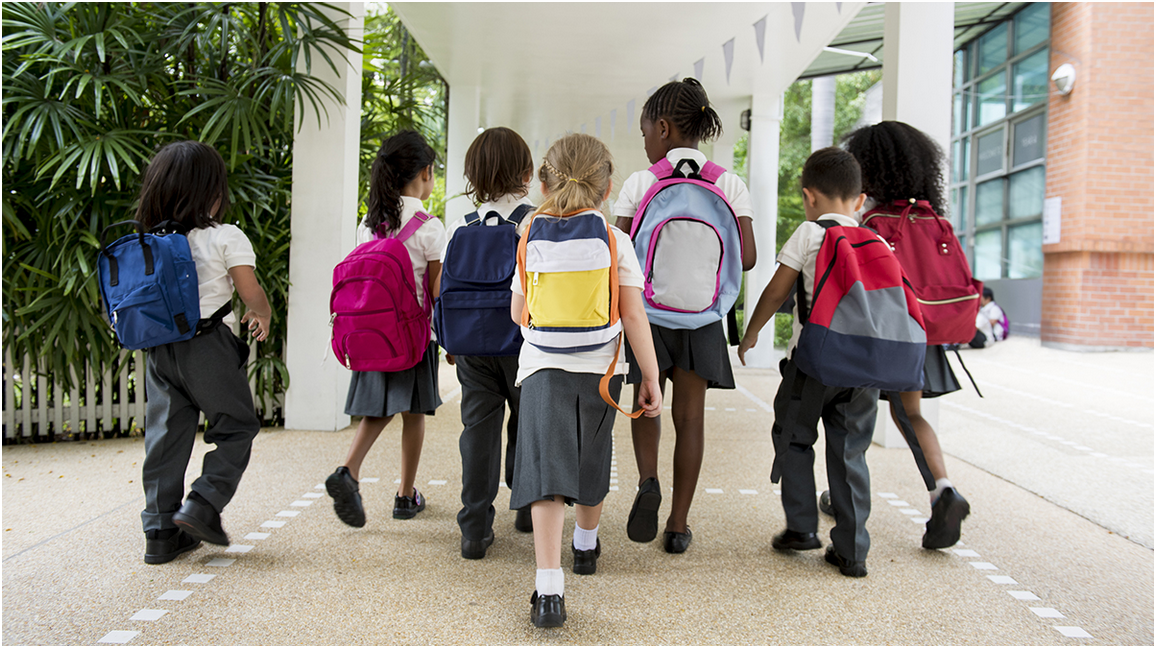
5 - Broadening Access to Science: Crosscutting Concepts as Resources in the Next Generation Science Standards Classroom (book chapter)
All students come to school with experiences from their homes and communities they can use as resources to make sense of phenomena. The perspective on crosscutting concepts (CCCs) as resources calls for a shift in instruction from a deficit to asset approach. This perspective promotes all students’ engagement and inclusion and allows them to see themselves as scientists. To promote equity, teachers (1) invite all students to use everyday sense-making to engage with CCCs, (2) provide opportunities for all students to apply CCCs in different contexts and across science disciplines, and (3) guide students to use CCCs more purposefully over the course of instruction.
"Broadening Access to Science: Crosscutting Concepts as Resources in the Next Generation Science Standards Classroom" is Chapter 3 from the NSTA book, Crosscutting Concepts: Strengthening Science and Engineering Learning (NSTA Press, 2021, pp. 43-59).
